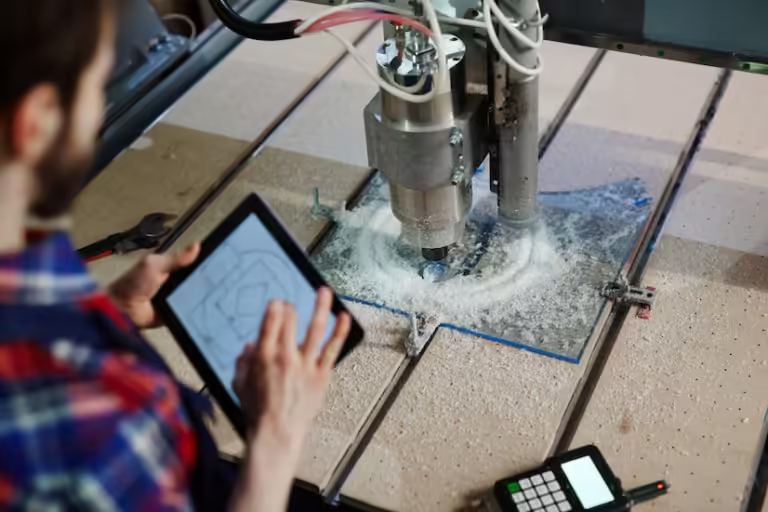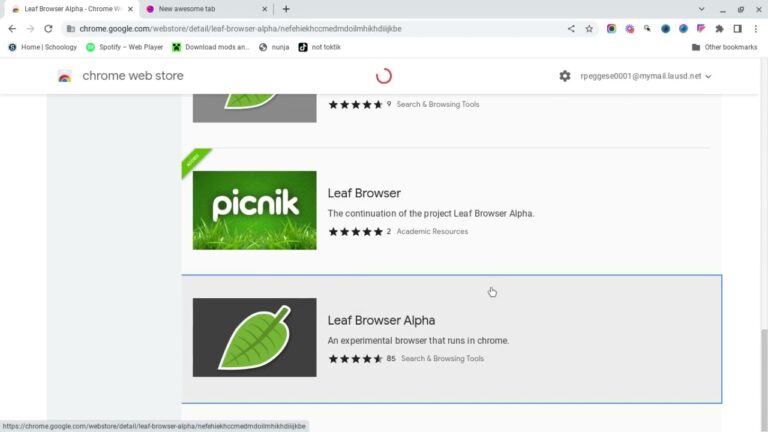Ruby on Rails Microservices Architecture: Decoupling Monolithic Applications
In software development, Ruby on Rails (Rails) remains a prominent framework due to its simplicity and convention-over-configuration philosophy. However, as applications scale and complexity increase, the monolithic structure commonly adopted during initial development phases can become a hindrance. This is where microservices architecture plays its role, offering a flexible solution.
Why Choose Microservices for Rails App?
Most Rails apps begin their lifecycle as monolithic apps where all components of the software are closely integrated and operate as a single entity. While methods like this make deployment faster and initial development easier, they may also result in a lack of adaptability as the application develops the further it goes.
The management of complicated apps becomes difficult, they are slower to deploy and harder to comprehend which could slow the development process and delay application updates. For businesses facing these challenges, the logical step is to hire dedicated Ruby on Rails developers who are proficient in microservices.
Microservices are responsible for this independence, they communicate with one another using simple HTTP APIs and can deploy independently, which gives teams the flexibility and the ability to make changes quickly and with reduced risk.
Decoupling Monolithic Rails Apps
Assessing and Planning
The journey towards a microservices architecture begins with a thorough assessment of the existing monolithic application. List down the core benefits and find how they are related to each other. Planning involves determining which functionalities can be separated into individual services. This stage is important as it is the foundation of the next steps.
Defining Service Boundaries
The next step is to define clear boundaries for each service. Here it is a matter of splitting the application into the units that can work as a part of a whole. Each microservice will handle a specific business function and communicate with other services through defined APIs.
Ensuring that services are loosely coupled but highly cohesive is key to a successful microservices architecture.
Developing APIs for Inter-Service Communication
APIs are the heart of microservices solutions. They enable interaction among the services, and this could be achieved by making them as light as possible yet effective. RESTful APIs are commonly used due to their simplicity and effectiveness in handling resource-oriented services.
JSON is a mix of array and object syntax so it’s human readable and supports diverse languages.
Database Management Strategy
In a microservices architecture, each service should ideally have its own database to ensure data isolation and integrity. This strategy, generally database per service, ensures avoidance of conflicts between shared databases and preserves data consistency among services.
Testing and Deployment Strategies
Testing and deployment are more complex in a microservices architecture due to the distributed nature of the application. Developing Continuous Integration (CI) and Continuous Deployment (CD) is a must.
They save time and human efforts by automating testing and deployment and diminish the amount of errors by increasing the pace of development cycles. Tools such as Jenkins, Travis CI, and CircleCI can facilitate these processes by automating tests and deployment tasks for each microservice independently.
Monitoring and Maintenance
Continuous monitoring and maintenance are essential to ensure the smooth operation of microservices. Tools like Prometheus for monitoring and Grafana for visualization might give insights into the optimal function or the health status of services. Periodic updates and repair services allow us to avoid security threats, enhance system performance, and fulfill new functionality quickly.
Conclusion
Looking from the business point of view, migration from monolithic systems to microservices architecture in Rails applications can solve many problems related to the system as a whole. This method elevates development agility, facilitates processes as well as enhances adaptability and application performance.







